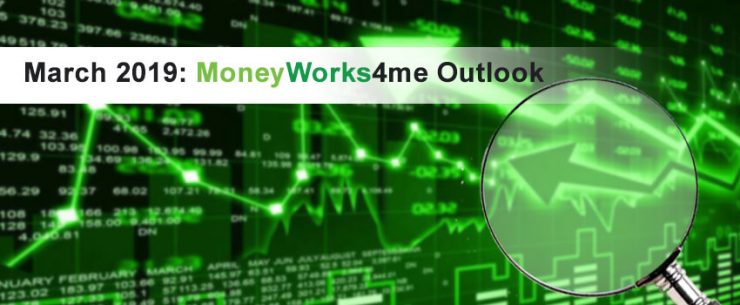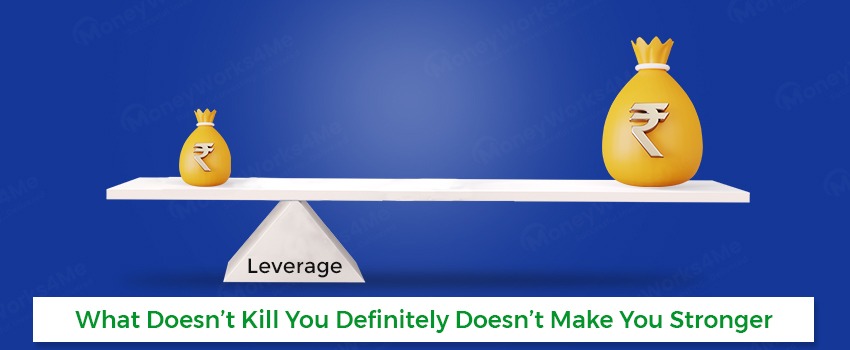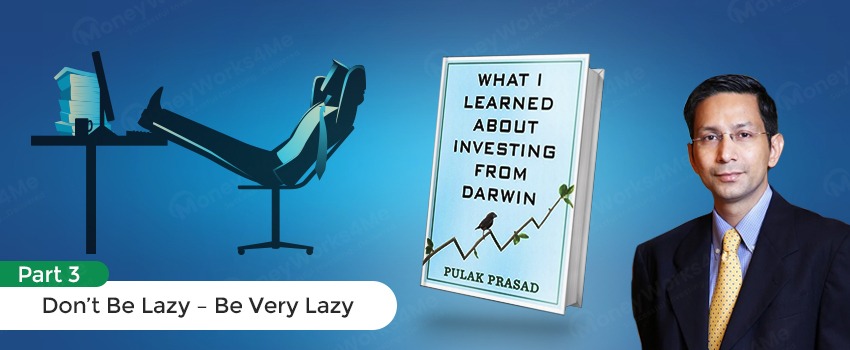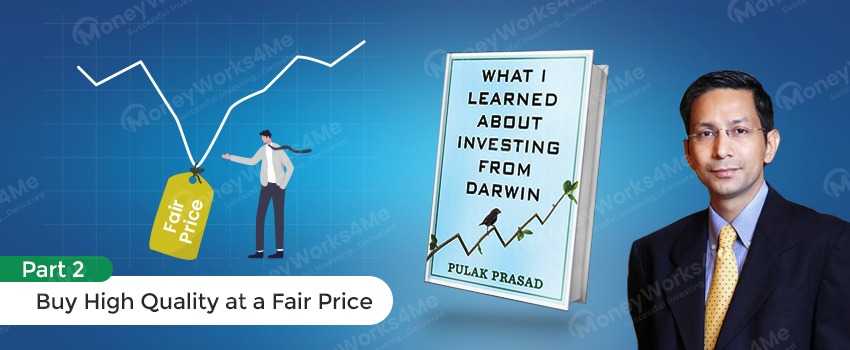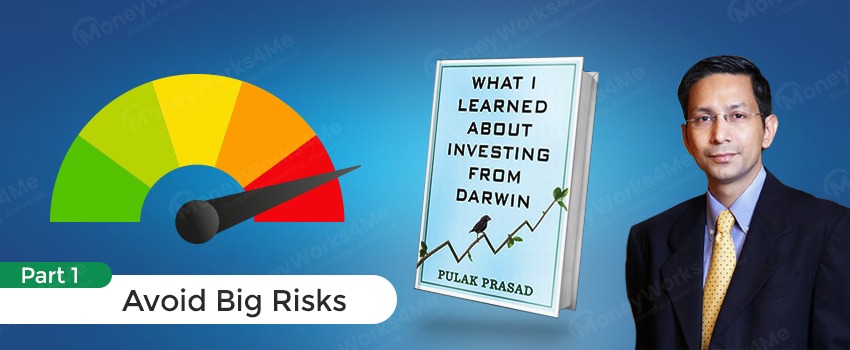Review
Nifty Total Return Index (Nifty including dividends) earned 8% Year to date 2019 and ~17% CAGR in last 3 years. March saw very high FII buying due to increased fears of recession in US and developed world. FIIs under-own Emerging Market Equity due to poor performance of Emerging Markets in last 5-10 years. Most of the stocks that rallied were either beaten down or index heavyweights like Banks. Some undervalued stocks have also moved up thereby reducing number of investment opportunities.
Outlook
As on date, average upside of our coverage universe is likely to be ~8% CAGR over next 3 years. Given quality companies are trading at steep price multiples & our coverage mostly has quality companies, expensive valuation is getting reflected in poor upside potential too.
We continue to remain cautious except for select opportunities where we find downside risk is low. There are times in the market when protecting downside becomes more important that earning higher returns. As soon as we see increase in upside potential in coverage universe, we will get more aggressive and try to remain fully invested in opportunities with higher upside.
Investors and brokers are excited that favourable new government could take the stocks higher just like in 2014. Investors are awaiting large jump in earnings of companies. Nifty/Sensex valuation continues to remain at 20-22x earnings. But there is no visibility on growth. We believe that on the contrary, stocks do not have room to scale higher. They are already trading at very high valuations. Even if we remain positive on economy and companies over long term, current upside is lower than long term average returns of equities i.e. 13-15% CAGR. We can’t predict any type of market correction but we can certainly won’t give a big BUY call like we did in 2013-14.
Based on today’s valuation, we see very good upside in Pharma, select utilities, NBFCs, corporate banks and Autos. As on date, our recommended stocks are likely to earn 13-15% CAGR versus current Nifty upside of around 8-9% CAGR over three years. Our average company earns ROC of 15-18%+ versus average Nifty company with ROC of 12-14%. Since there are not many quality companies providing higher upside potential we suggest parking uninvested amount in liquid funds and wait for our BUY signals. For those who have more than 30-40% in cash, you can also consider “Close to Buy Zone” list to accumulate those stocks slowly.
Select asset based companies provide reasonable upside albeit with moderate to high risk. Investor must consider investing in Infra & Infra-related companies through stocks or funds for medium term. Some of the Auto stocks have seen deep cuts and trading at low valuation multiples versus last 5 years.
Risks
In month of February, we saw Pulwama attacks and Indian Government’s response to that. Initially, it appeared that it would lead to war like situation but now things are normalizing. We believe this risk though present, is not very significant for market as of now.
Major risk is now coming from slowdown in GDP growth and auto sales numbers. Even if long term growth trajectory may be intact, near term volatility could be high due to high equity valuation. Few pockets continue to remain expensive and remain vulnerable to steeper correction. We may see poor returns on the index levels. The gap between quality growth stocks and rest of the market has widened more than in the past. This is due to high liquidity finding its way into only quality stocks irrespective of valuation. This could trigger a reversion to mean at some point of time in future. Buying stocks below fair value is the most reliable way to profit in market. We stick to our process in every market cycle.
Excerpts from the book “The Most Important Thing” by Howard Marks
Consider the possible routes to investment profit:
- Benefiting from a rise in the asset’s intrinsic value. The problem is that increases in value are hard to predict accurately. Further, the conventional view of the potential for increase is usually baked into the asset’s price, meaning that unless your view is different from the consensus and superior, it’s likely you’re already paying for the potential improvement.
- Applying leverage. Here the problem is that using leverage—buying with borrowed money—doesn’t make anything a better investment or increase the probability of gains. It merely magnifies whatever gains or losses may materialize. And it introduces the risk of ruin if a portfolio fails to satisfy a contractual value test and lenders can demand their money back at a time when prices and illiquidity are depressed. Over the years leverage has been associated with high returns, but also with the most spectacular meltdowns and crashes.
- Selling for more than your asset’s worth. Everyone hopes a buyer will come along who’s willing to overpay for what they have for sale. But certainly the hoped-for arrival of this sucker can’t be counted on. Unlike having an underpriced asset move to its fair value, expecting appreciation on the part of a fairly priced or overpriced asset requires irrationality on the part of buyers that absolutely cannot be considered dependable.
- Buying something for less than its value. In my opinion, this is what it’s all about—the most dependable way to make money. Buying at a discount from intrinsic value and having the asset’s price move toward its value doesn’t require serendipity; it just requires that market participants wake up to reality. When the market’s functioning properly, value exerts a magnetic pull on price. Buying at the right price is the hard part of the exercise. Once done correctly, time and other market participants take care of the rest. Of all the possible routes to investment profit, buying cheap is clearly the most reliable.
Even that, however, isn’t sure to work. You can be wrong about the current value. Or events can come along that reduce value. Or deterioration in attitudes or markets can make something sell even further below its value. Or the convergence of price and intrinsic value can take more time than you have; as John Maynard Keynes pointed out, “The market can remain irrational longer than you can remain solvent.”
Trying to buy below value isn’t infallible, but it’s the best chance we have.
If you liked what you read and would like to put it in to practice Register at MoneyWorks4me.com. You will get amazing FREE features that will enable you to invest in Stocks and Mutual Funds the right way.
Need help on Investing? And more….Puchho Befikar
Kyunki yeh paise ka mamala hai
Start Chat | Request a Callback | Call 020 6725 8333 | WhatsApp 8055769463


